
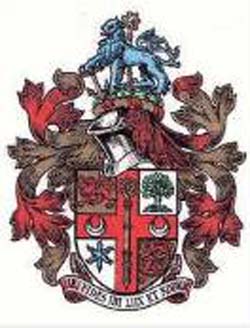
Birkenhead Wirral
|
Origins: Bircheveth (1190).
Headland overgrown by birch. From birce heafod. Birheuet 1200,
Byrkeheveht 1259, Berkeheved 1275.
Birkenhead Page 2 Birkenhead Workhouse Birkenhead Indoor Market Upton Tranmere North End Oxton Rock Ferry Brunanburh Woodside Priory Bebington Bromborough Claughton cum Grange A Mum's Memories |
||
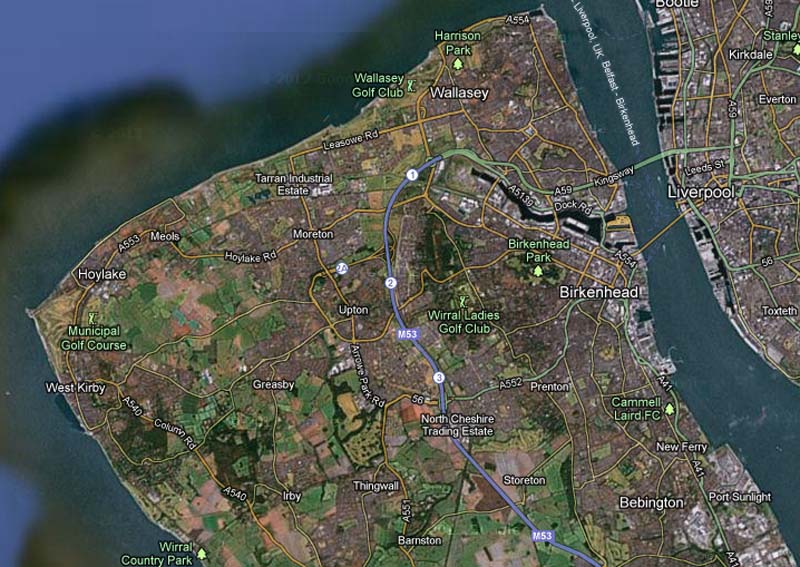 |
||
|
Birkenhead (origins see above) lies on the Wirral, opposite side of the River Mersey to Liverpool and next to Wallasey. This is mainly an industrial town but with many places of beauty and rarity. Bidston Hill overlooks Birkenhead, Wallasey, Moreton, Leasowe and you can see easily the Welsh Hills in the distance. Atop Bidston Hill stands the Observatory, the Lighthouse and the Windmill, landmarks well known to locals and to drivers along the motorway that now runs along its base.. Once an area of good housing for the more affluent persons of the region, it has now been eclipsed by the building of the Ford Estate, a typical council estate with its associated problems. Did you know that Central Park, Birkenhead, was the model for Central Park New York? Famous personages include: Freddie Starr, Lewis Collins (who died in 2013), Glenda Jackson, Elvis Costello, Patricia Routledge, Daniel Craig. Population is just over 100,000 and growing. I moved to Birkenhead, from Moreton, after meeting my wife in 1975, to live in Rock Ferry. We lived in an Victorian oasis of old houses and trees known as Egerton Park. Before Norman times, most of the Wirral consisted of natural woodlands and open spaces with farms and cottages. Small areas of the woodland can still be seen at Bidston, Storeton and Eastham. In those days a single cart track ran northwards from Chester towards the River Mersey to a point where the river was little more than half a mile wide. Early in the 12th century, Benedictine monks from Chester earned a living by trading with the merchants in Liverpool and operating a ferry across the river at this narrow point. They built the Priory here so that they could avoid having to travel daily from Chester. It was originally known as Morton Priory on some maps. On a 1611 map is it marked as 'Morton Priory (decayed)'. Although not actually in Morton, (or Moreton cum Lingham,) the lands which sustained the Priory were, hence the name. When Birkenhead came into existence much later, the name changed, mainly on maps, to reflect its 'new' location. The Priory ran the ferry across the river to a small fishing hamlet known as Leverpole (lever being seaweed). And they jealousy protected the monopoly. Local history expert, Paul Booth, believes that the name 'morton priory' never actually existed except in some cartographers mind. As he is a clever sod (!!) I am now dithering into 'don't know any more'. In this instance I readily bow to Paul's knowledge of the facts. There were strict forestry laws at the time and there were several occasions when the monks were re-called to Chester to defend themselves on various related charges. By the year 1332, it was recognized how important the monk's ferry was to trade between Liverpool and Chester that Edward III granted the Priors exclusive ferry rights. At this same time, the inhabitants of Chester were becoming increasingly alarmed that the forest was acting as shelter for outlaws and, by 1376, most of The Wirral had been de-forested by order of the Earl of Chester (son of Edward III). The monks at the Priory continued until 1536 when the Priory was closed by order of Henry VIII's bailiff, Randle Arrowsmith, and the monks returned to Chester. The Priory has remained closed ever since and has, naturally, suffered from the ravages of both time and developers. Nevertheless much of it remains intact and it has undergone some restoration work and is now open to the public. The industrialization of Birkenhead (and, subsequently, most of the East side of The Wirral) began in 1824 when William Laird established a boiler works and a shipbuilding yard on the banks of Wallasey Pool and laid out the beginnings of the town at Hamilton Square. Although the population was only 109 in 1800, by 1830 it had risen to over 2,500. The opening of the railway line to Chester in 1837 and the establishment of docks and a tidal basin in 1843 was the beginning of the modern Birkenhead as it is today. the northern border of birkenhead lay on Wallasey Pool. This was a tidal inlet and, on the facing north bank, lay Seacombe & Poulton. During the industrial revolution this was a cess pit in all but name. People forget that what is thrown out to the tide invariably returns and the smell and sanitation was horrible. It took an act of Parliament to clear that up!! *the old Viking name for the area was Birki-Hofuo - Headland growing with birch trees. Later names, more commonly used were: Byrkeheveht (birken haven)(1259) and Birkheued (1260). But there was no settlement here as such it was an 'area name' - The Priory arrived around 1150, but its lands were in Moreton. Source: Viking Mersey by Stephen Harding. A 1611 map shows the priory as Morton Priory.
|
||
|
Birkenhead's Central Park
An American view of Birkenhead Park
The park, which was
thrown open to all, is a splendid enclosure, and has been formed at a cost
of £127,775. A refreshment tent was fitted up, 170 feet long; and various
other booths, camps, &c were erected. Cricket, football and other athletic
games, rural sports, and divers amusements, occupied the holiday throng in
that vast and picturesque arena. An efficient committee of the most
respectable tradesmen had undertaken the superintendence of this portion
of the day's proceedings, and nearly all the tradesmen of the town, in
addition to a holiday, agreed to give each person in their employ
half-a-day's wages. The programme of these sports comprised sack-races,
pig-chases, pole-climbing, and, with a variety of other rare and
spleen-curing sports, "a foot-race for women of all ages!". The far-famed
Lancashire Bell-ringers were engaged, and were placed in the Boat-house,
on one of the beautiful serpentine lakes; and the effect of their
melodious notes added considerably to the interest of the scene. THE BREAKFAST
For this entertainment
four of the warehouse-rooms, each 140 feet long and 50 feet wide, were
beautifully and tastefully fitted up with pink and white drapery, by Mr.
Shaw 81mw, upholsterer, of Birkenhead, assisted by Mr. Hornblower and Mr.
Brine, architects. The suite included reception, retiring, and refreshing,
ball and banquet rooms. In the former, a magnificent cascade, furnished,
by Mr. Highfield, Mr. Jackson’s manager, sent forth a silvery and
refreshing jet, amidst a profusion of choice conservatory plants and
flowers. The walls of all the rooms were lined with alternate white and
pink, arranged in the Grecian tent style, and finished round the top with
Roman drapery. The prevalence of pink shed a rich and warm light into the
rooms. The ball-room was furnished with an orchestra in the centre, its
walls decorated with four stars. The banqueting-room had a very gay
appearance. In addition to drapery decorations, the roof was decked with
evergreens. A high table, 140 feet long, ran along the side, at which the
Chairman, with the distinguished guests, were arranged. Transversely were
about twenty lower tables. Next in the progress of time - he hoped in the course of the ensuing autumn - they would be able to bear their part in accommodating the timber trade and without proceeding through the long vistas of usefulness and enterprise, and of the success which he trusted would attend on Birkenhead, he hoped that the proceedings of that day eloquently foreshadowed an auspicious commencement, and a powerful impulse. He would only express a hope that the best feeling would always prevail between them and the great city immediately opposite them - Liverpool - which divided with London the supremacy of the commerce of the world and, so London could not but feel benefited by the improvements of Southwark, as Liverpool could never have cause to repine at the prosperity of Birkenhead; and, even should the majestic Mersey become lined with a double line of docks, be trusted that there would never he more than room enough for the corn that waves in the western hemisphere. He trusted that they had that day forged another link in that chain of amity which ought to connect England with America. While they remembered that Rendel had constructed their Docks, they had also had a Paxton to lay out their promenades, and they were one of the first cities which had given a sympathetic attention to the great subject of the public health. He hoped that, when the pageant of the day had passed away, it would still leave them ground to remember that it had not been a triumph which gained ita trophies from the strife of nations or the engines of destruction.
Lord Lincoln rose amid cheers to propose "The Commerce of the Mersey;" and
expressed a hope that the only rivalry that would exist between Birkenhead
and Liverpool would be for their common interest. The
Oregon, a
large American vessel, had that day entered their harbour, freighted from
abroad with guano, to fertilise the broad acres of Cheshire. Lord
Menteagie proposed "Manchester and the Manufacturing Interests," and dwelt
emphatlcally on the improvements that had been effected in the sanatory
system of the districts, and remarked upon the great advantage it would be
to other towns to follow, in this respect, the example of Liverpool and
Birkenhead. Birkenhead Park is acknowledged to be the first publicly funded park in Britain. It was the forerunner of the Park's Movement and its influence was far reaching both in this country and abroad - most notably on Olmstead's design for Central Park, New York. Designed by Joseph Paxton (later Sir Joseph Paxton) in 1843 and officially opened in 1847 it was an immediate economic and social success. Its history is inseparable from that of Birkenhead town itself. Distanced from the ravages of the Industrial Revolution in Liverpool and the North-West by the physical barrier of the River Mersey, Birkenhead retained its agricultural status until the advent of the steam ferry service in 1820. Ready access from Liverpool now opened up the Wirral for development and prompted the rapid growth of Birkenhead as an industrial centre. Within ten years the town's population had grown from just over one hundred to two and a half thousand. Recognising the need to exercise control over its development and establish municipal powers, the Government approved the setting up of the Birkenhead Improvement Commission in 1833 after an Act of Parliament. At the same time, in the country as a whole, there was a growing awareness of the detrimental effects of overpopulation and the atrocious living and working conditions to be found in the major industrial areas. This promoted the establishment of various reform movements, including that of the 'Park's Movement'. Its central theory was that by providing open spaces for public use, the well-being of the industrial workforce was improved. In 1841, alarmed by the exploding population figures, the idea of a public park in Birkenhead was first raised by Mr Isaac Holmes, a Liverpool Councillor. Two years later, empowered by another Improvement Act, the Birkenhead Commissioners created history by purchasing land on which to construct the world's first publicly funded park. The site chosen for the park was part of the Birkenhead Estate, owned by Mr F R Price. The land was low lying, a mixture of fields, marsh and commons, and contained a small farmhouse which was a known beer den where illegal gambling and dog fighting took place. The land was purchased cheaply because of its poor quality. 125 acres were designated for public use, the remaining 60 acres were to be sold for private residential development. The proceeds from the sale of the building plots was sufficient to recoup all the costs incurred by the purchase of the land and the construction of the park. An Improvement Committee chaired by William Jackson was set up to supervise the development of the park. Joseph Paxton, a Landscape Gardener whose work in Liverpool had brought him to the attention of the Committee, was approached and in August 1843 he was engaged to design and construct the park at a fee of £800. By November 1843 the completed plan of the park and the preliminary sketches for the lodges (drawn up by Paxton's assistant, John Robertson) had been approved. Preparatory work began on the site under the supervision of Edward Kemp - later the Park Superintendent. A young Liverpool architect, Lewis Hornblower, was engaged to supervise the construction of the lodges, and to design and oversee other artifacts and building work within the park. Major planting of trees and shrubs was carried out during the planting season of Autumn 1844/Spring 1845. Attention was then directed to the establishment of grassland areas. Sixty acres of peripheral land were divided into building plots and sold for private development at two auctions and through estate agents. In order to ensure a degree of uniformity and consistent high standard of development, strict rules were laid down regarding the construction of the dwellings. Any unsold plots of land were eventually absorbed into the public area of the park. For example, the area now known as the Bowling Greens on Park Road North was laid out for bowls and quoits in 1880. The Boothby Ground was purchased from the Boothby Estate as late as 1903. Work was virtually complete by Autumn 1846 but the official opening of the park was delayed until 5th April 1847, in order to coincide with the opening of the Birkenhead Dock Complex. The park was opened by Lord Morpeth and visited on that day by an estimated 10,000 people. The strength and flexibility of the original design were revealed over the years by the ease with which the park evolved to satisfy the changing demands of its users. From an almost entirely passive function the park absorbed facilities for active sports and large scale events. Commemorative trees were planted, unemployment relief schemes undertaken. Two World Wars intruded onto the park, different buildings and structures erected and then removed or demolished. Some areas such as the area known today as The Sunken Garden changed their nature and their name.
Birkenhead Timeline
|
||
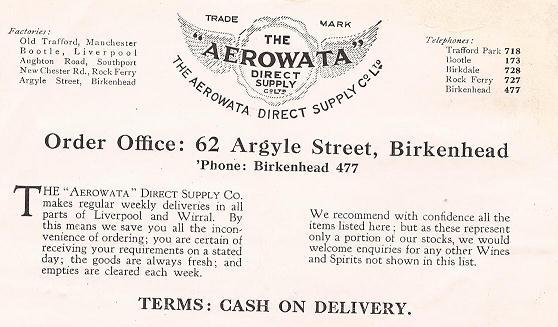 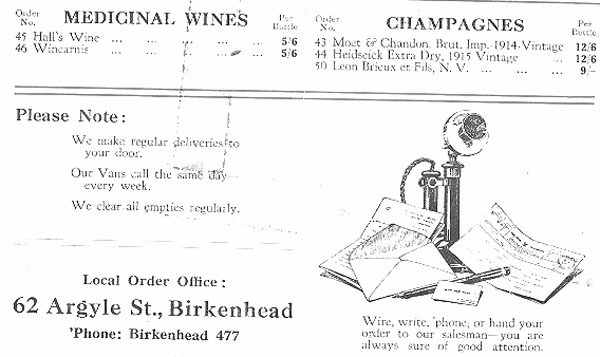 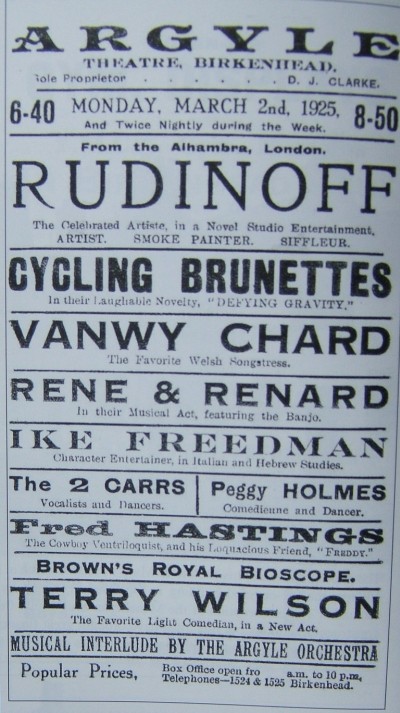 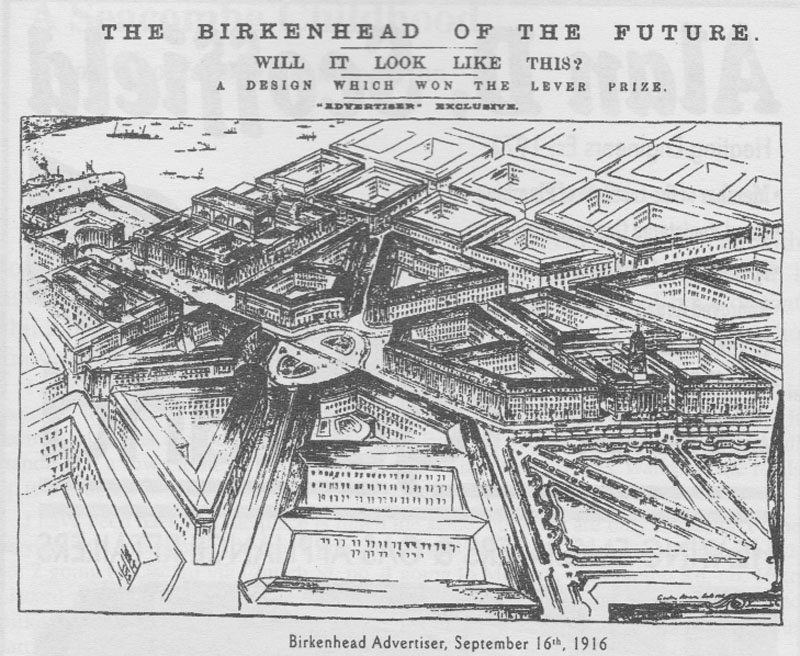 1916 Vision of the future!!! 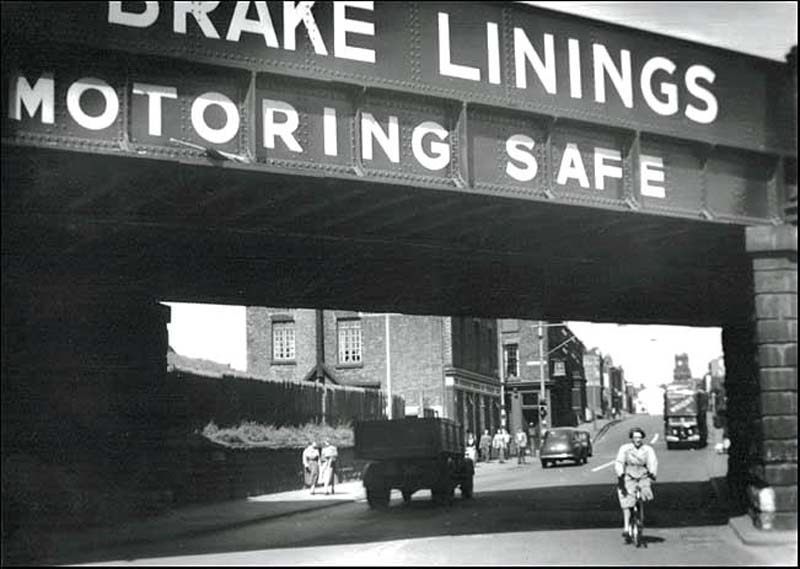 Chester Street 1954 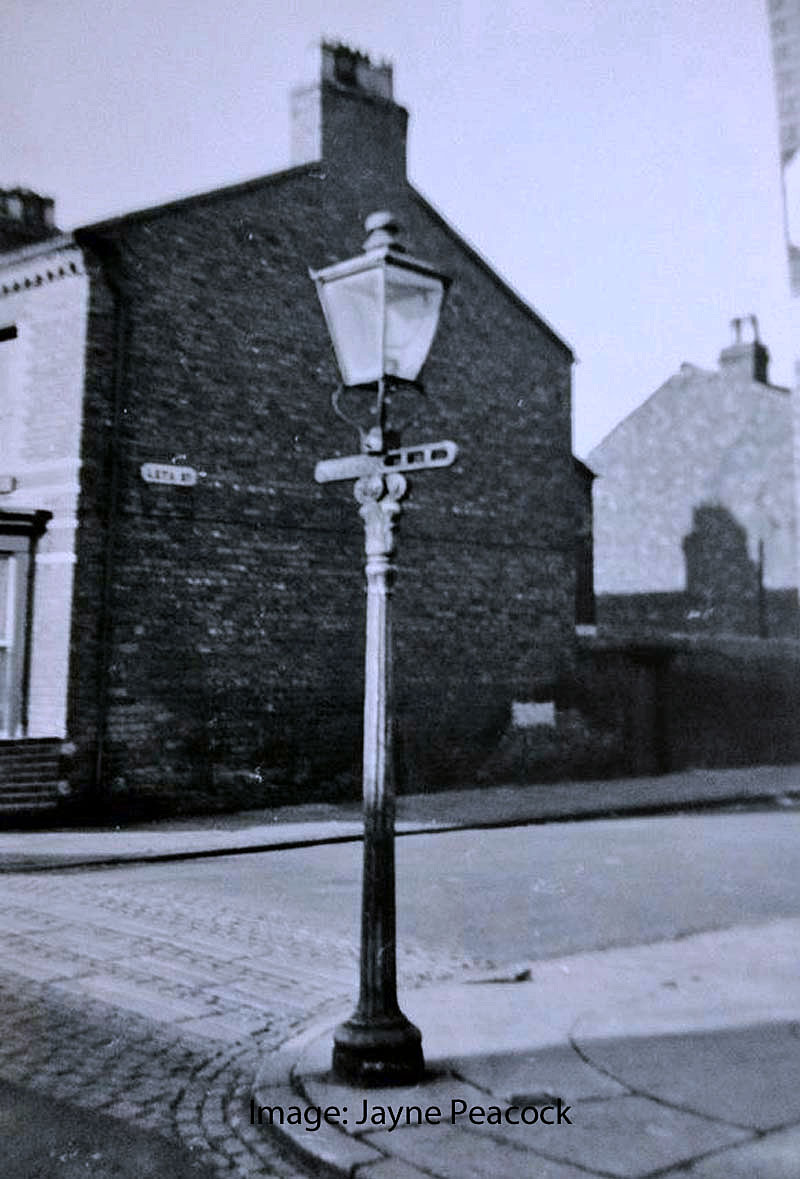 I love this. Its so simple and yet it relives and revives the old Birkenhead at every glance.
|
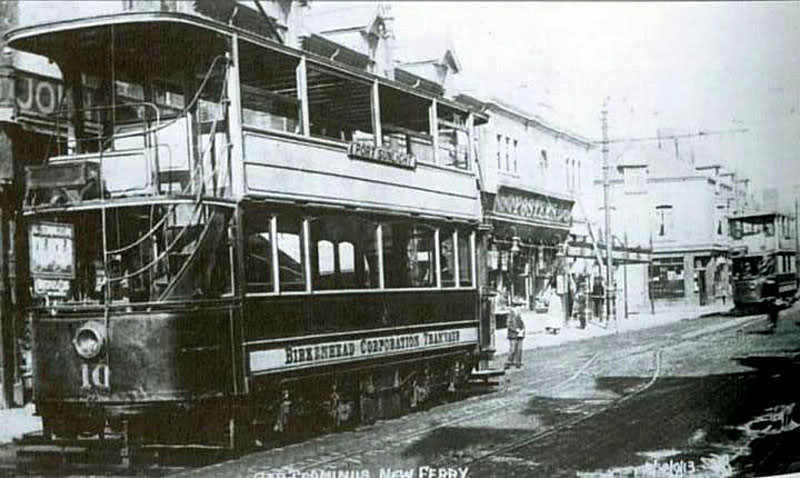 |
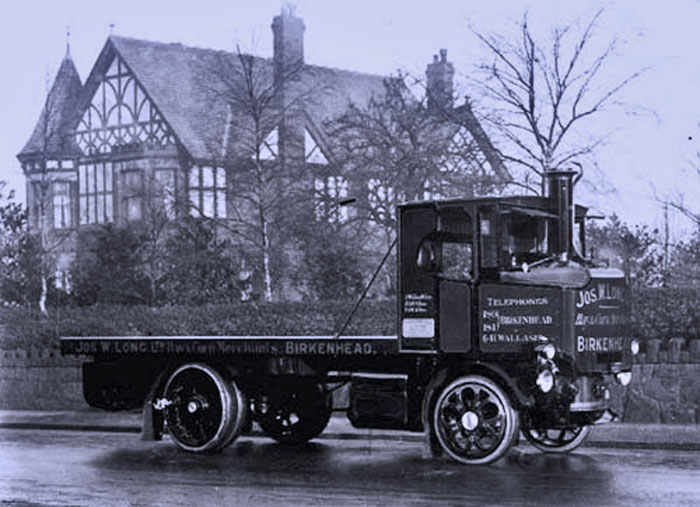 |
| Birkenhead Corporation Trams 1910 | Joseph Long Transport |
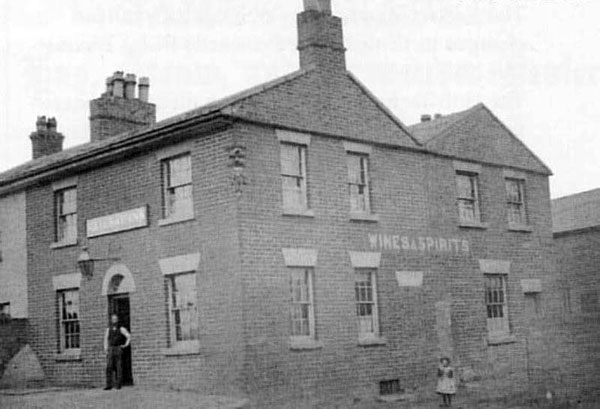 |
Railway Inn 1875 |
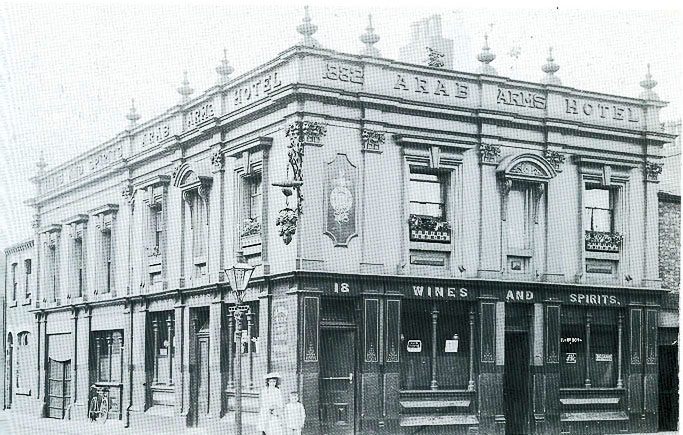 |
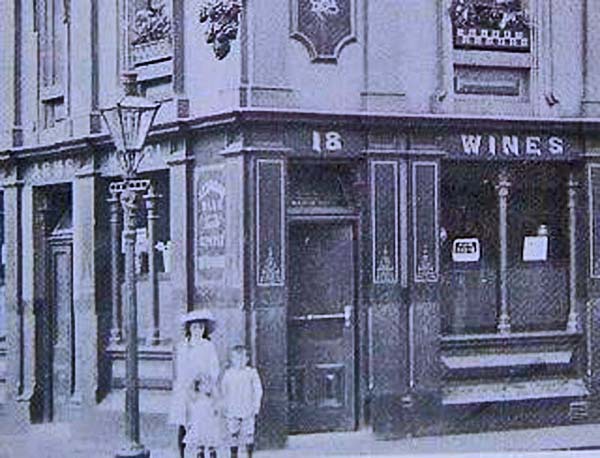 |
| Arab Arms Hotel (and enlarged on right) | |
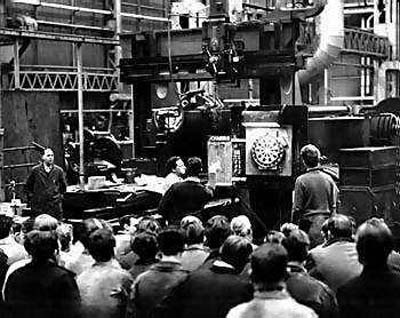 |
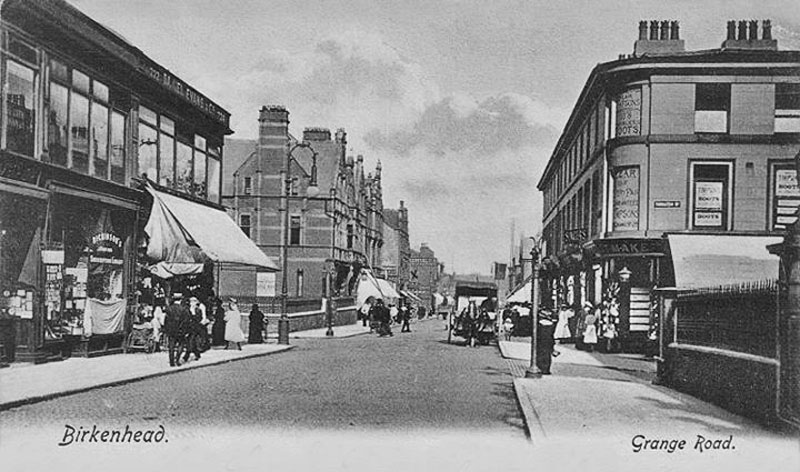 |
| Darts Match possibly in Lairds | |
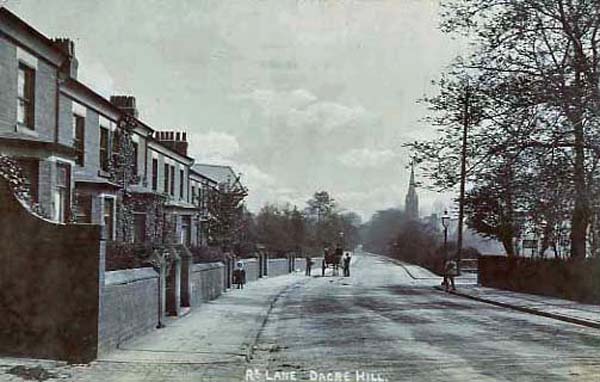 |
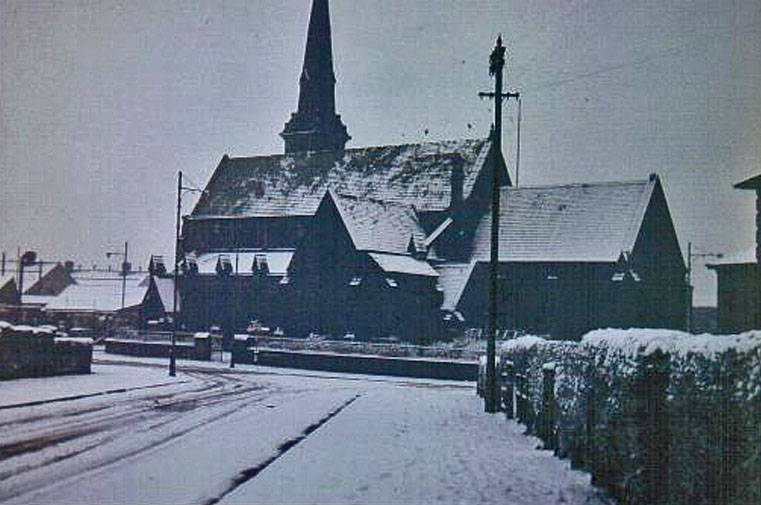 |
| Dacre Hill 1909 | St James Church |
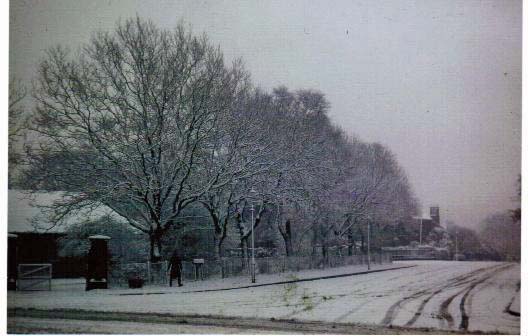 |
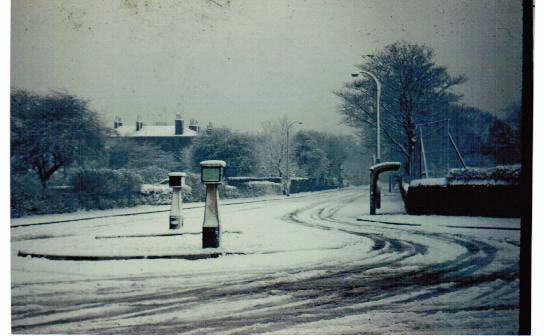 |
| Claughton 1955 | Claughton 1955 (Bhead Park is on the left) |
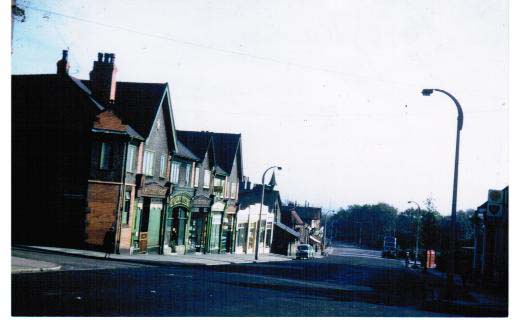 |
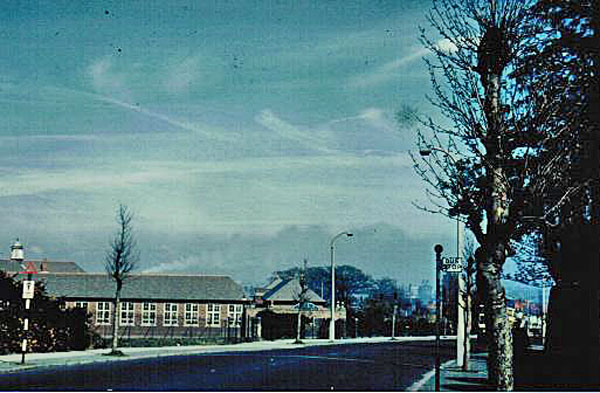 |
| Claughton Village 1955 | Tollemache Road School 1955 |
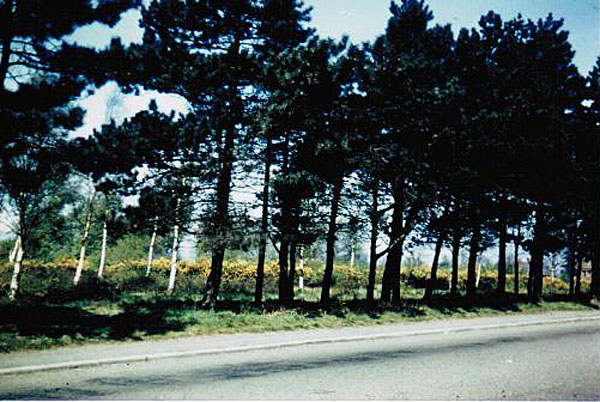 |
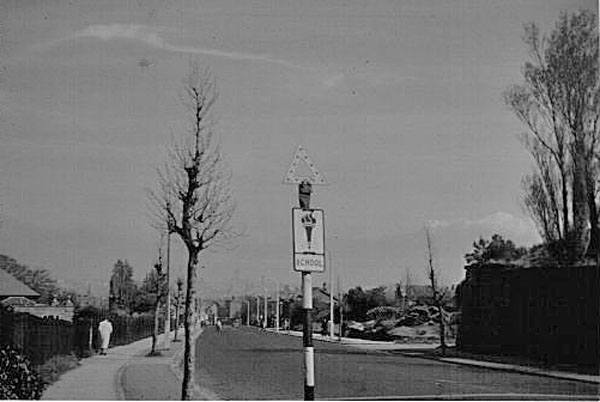 |
| Upton Road the corner of Bidston Hill 1955 | Upton Road School Sign to the above school |
| The 1955 images sent to me by Jenny Minshull who lived in Bidston Village in Ivy Cottage | |
 |
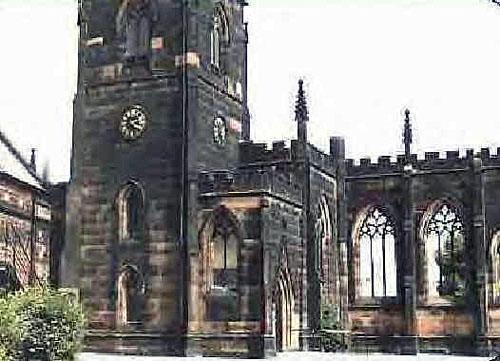 |
| Technical College Borough Road | St Mary's Tower, now memorial to HMS Thetis |
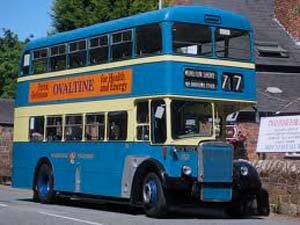 |
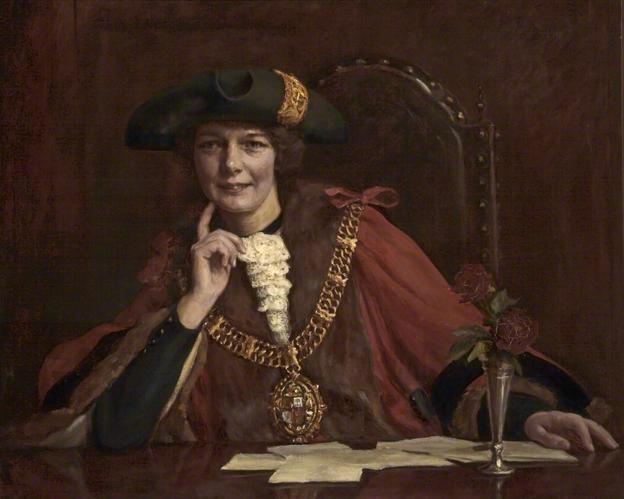 |
| 77 - Woodside to Moreton Shore via Woodchurch | Painting copyright Williamson Art Gallery & Museum Mary Mercer - Birkenheads first Lady Mayoress |
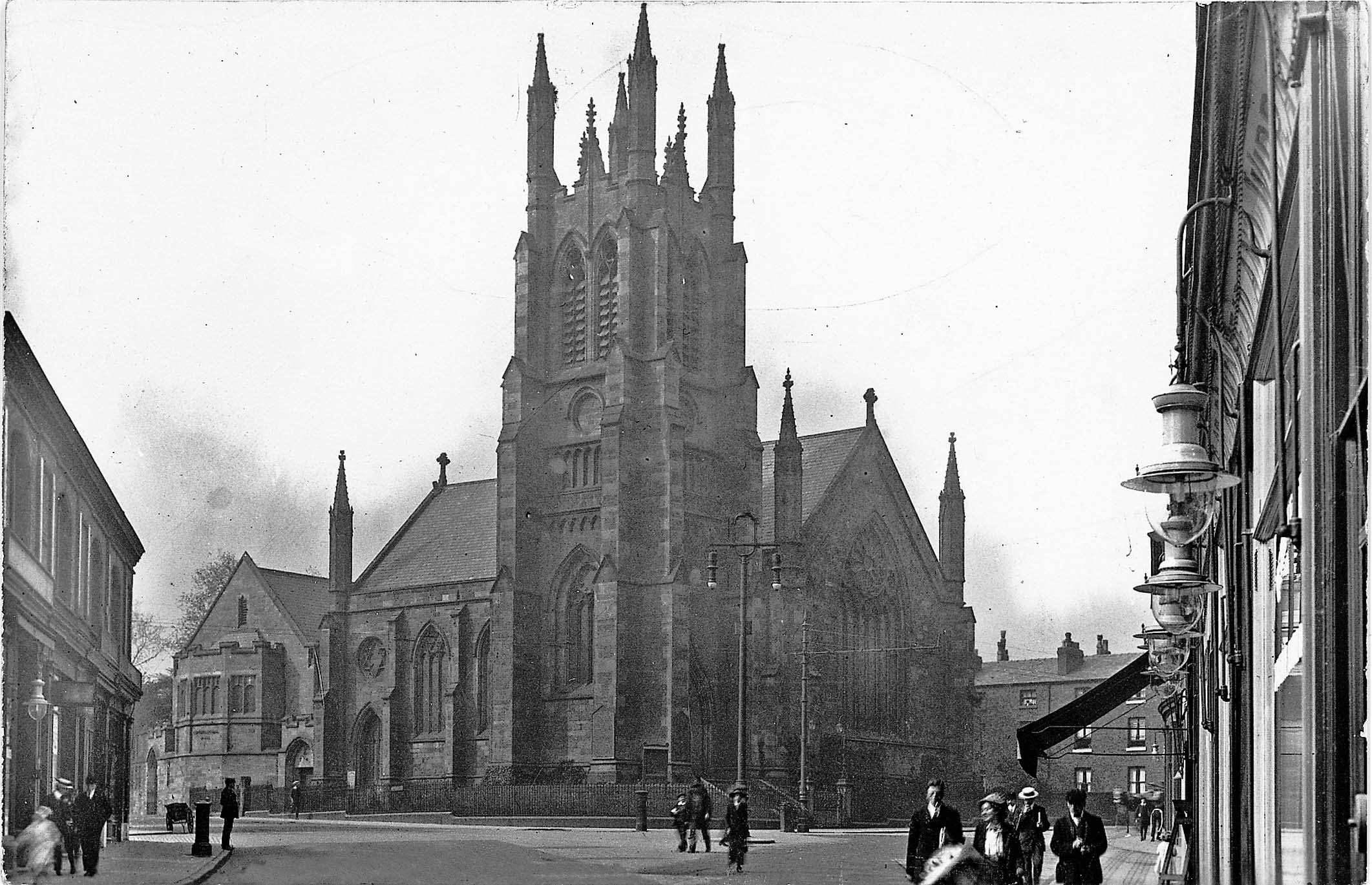 |
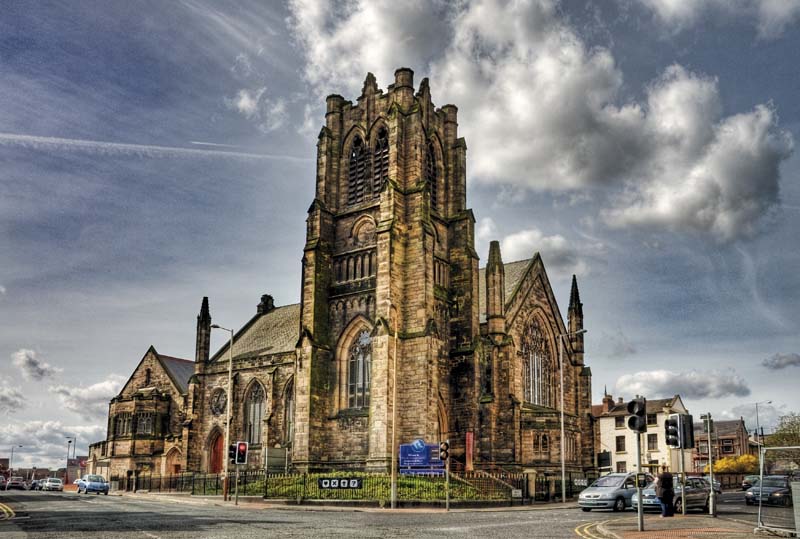 |
| The remarkable four-pinnacle creation that is the Oxton Road Congregational Church is pictured (above) here in the year 1922, at the junction of Woodchurch Road and Balls Road. It was built between 1857 and 1858 by the talented architect William Cole; he also designed Birkenhead’s St Anne Church in Beckwith Street. Over £5,000 was spent on the creation of the congregational church, with a further £2,500 spent on improvements during the 1880s. It is viewed here from Oxton Road, with a series of well-lit shops positioned on either side of the street and a number of varied townspeople heading about their business. The church was tragically gutted by fire in the February of 1922, just one month after undergoing a splendid redecoration. It was carefully restored and reopened again in 1923, but over the years the once awe-inspiring building began to be forgotten, and it gradually fell into a terrible state of disrepair. For decades, the Grade II listing was a truly dreadful eyesore, with broken windows, missing slates and no real purpose. A number of companies had sought to find a profitable use for the site, but none ever seemed financially viable. It was only recently that the church met with fortune once again and was resurrected to its former glory. The building is now the Wirral Christian Centre; it has been returned to its original function. | |
 |
 |
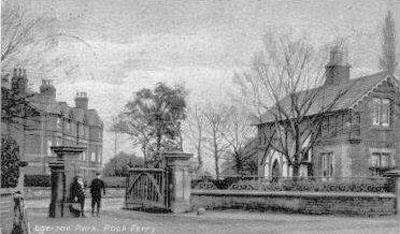 |
|
| Egerton Park (happy place for me, where I lived when newly married) | Above & below, Argyle Street |
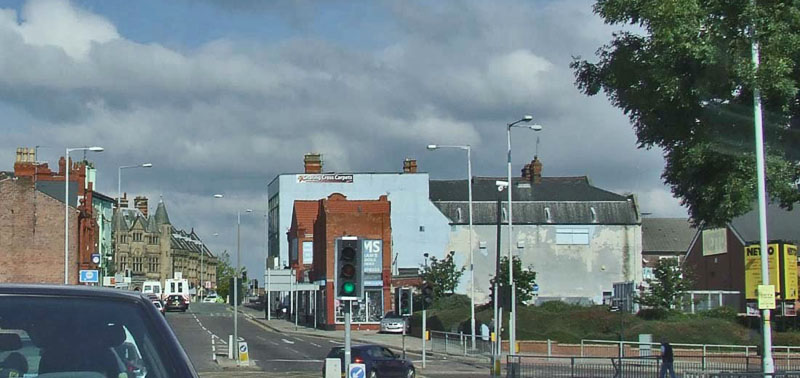 |
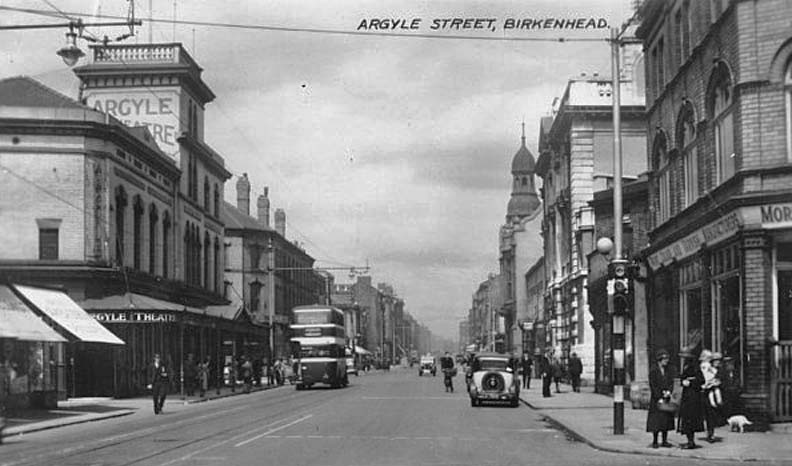 |
| Charing Cross 2009 | |
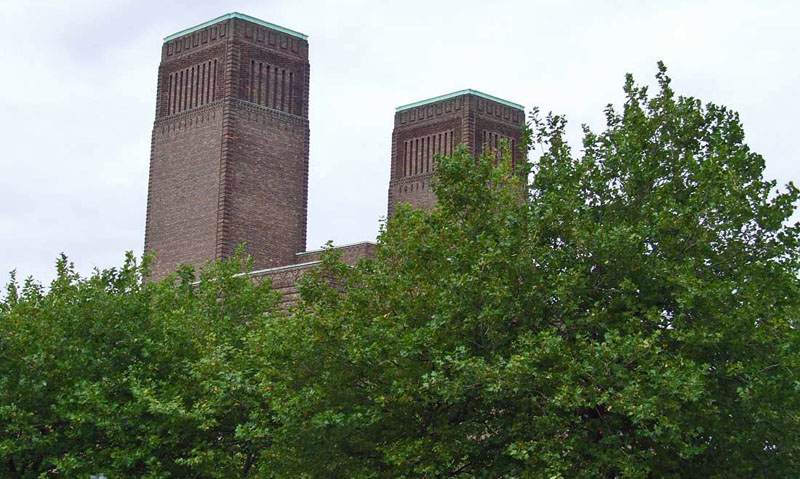 |
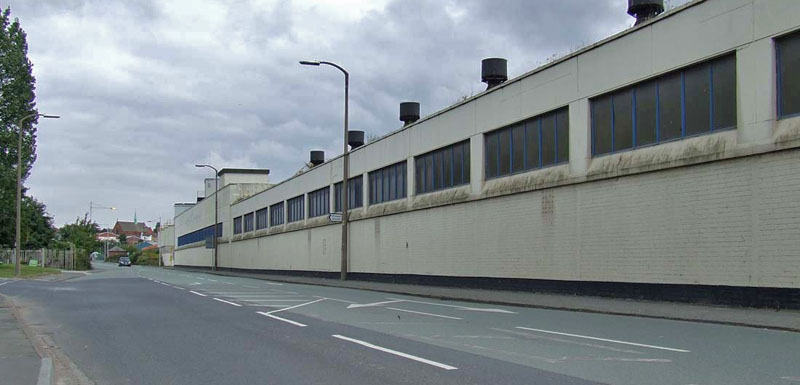 |
| Tunnel Vent Shafts - Sept 2009 | On the road to Penny Bridge, the former Mobil Oil Depot |
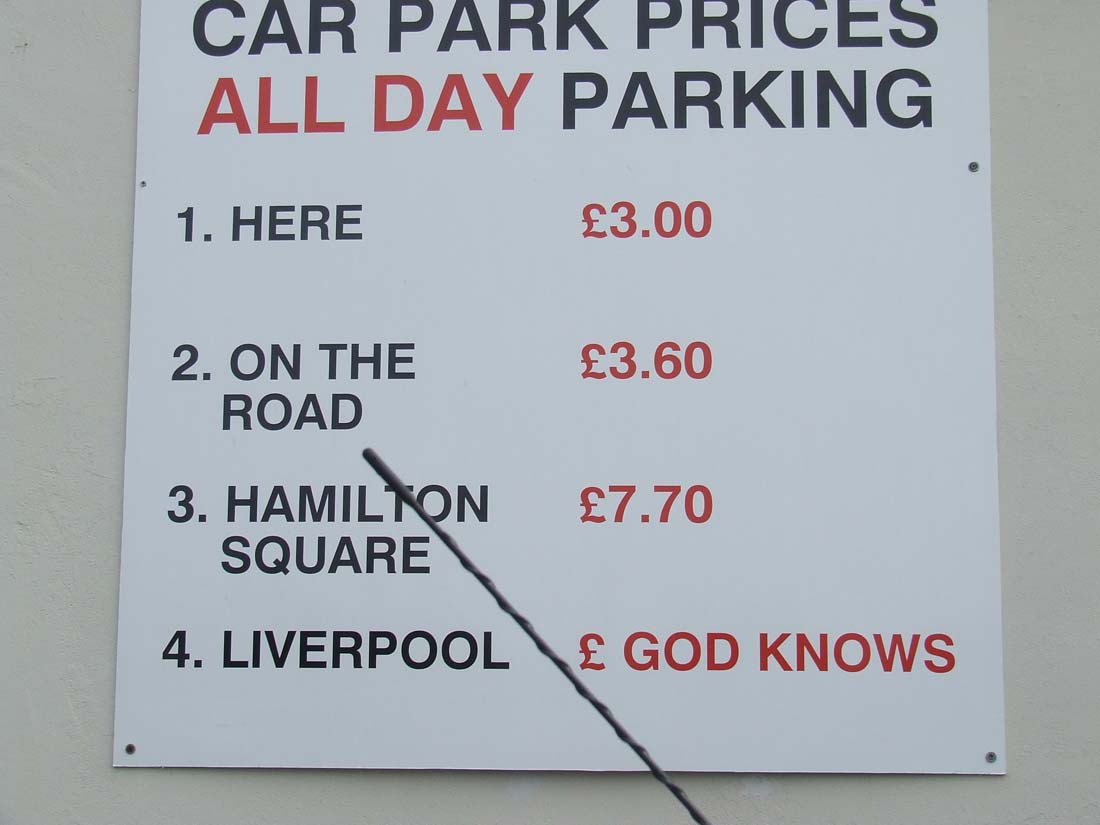 |
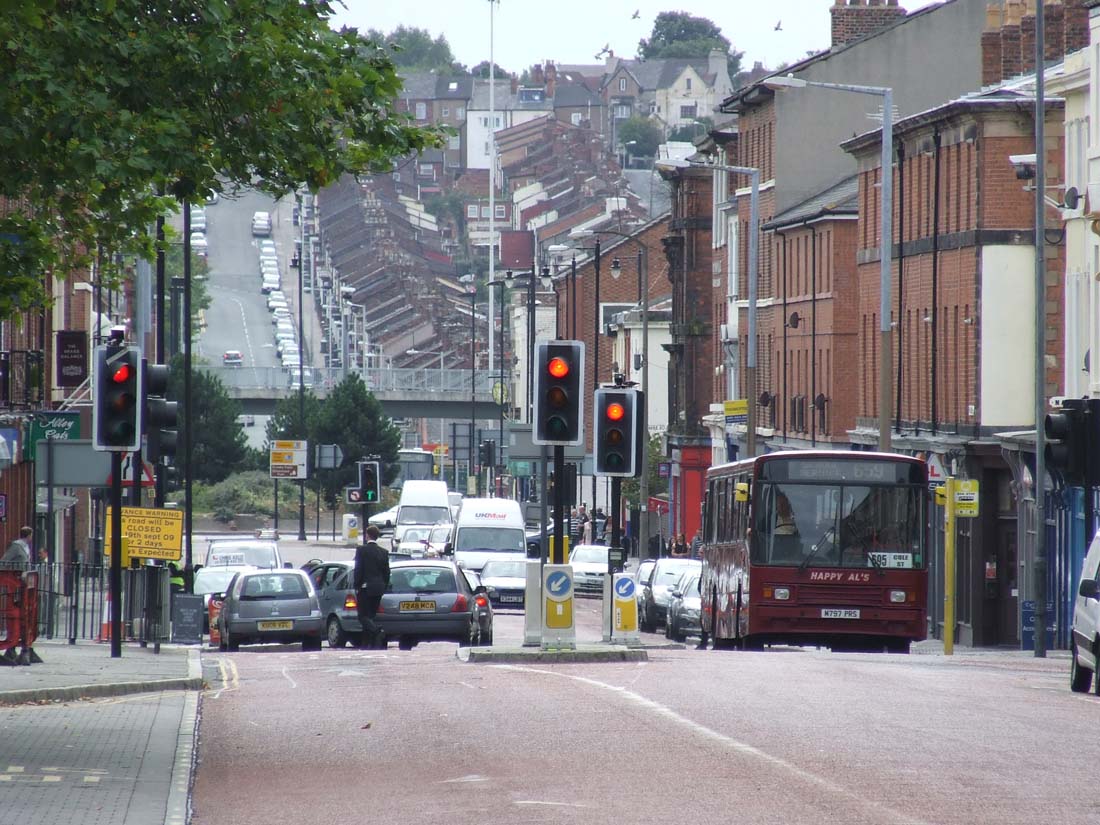 |
| Genuine Car Park sign in Birkenhead when
Liverpool had that City of Culture thing |
Argyle Street, Hamilton Square behind me |
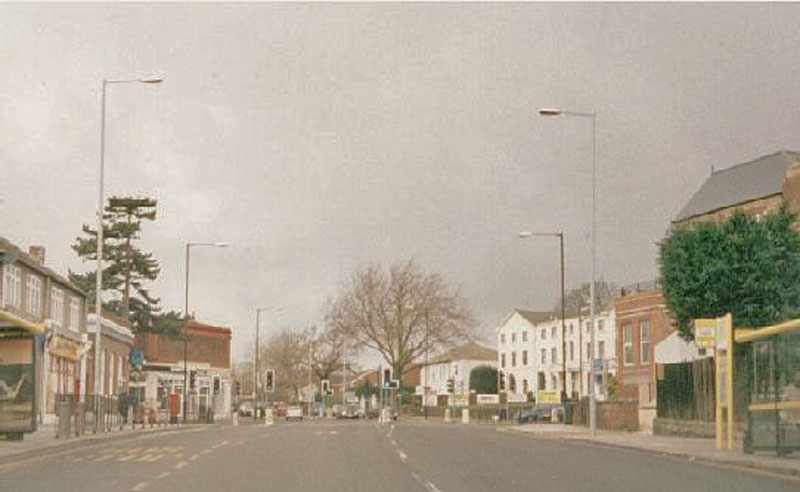 Dacre Hill Sept 2009 |
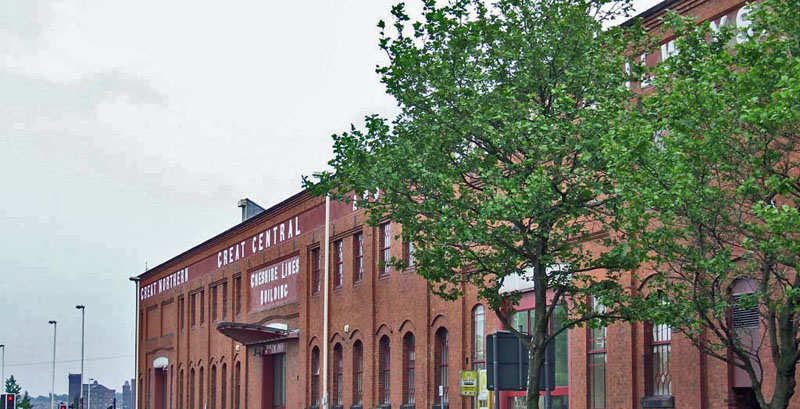 |
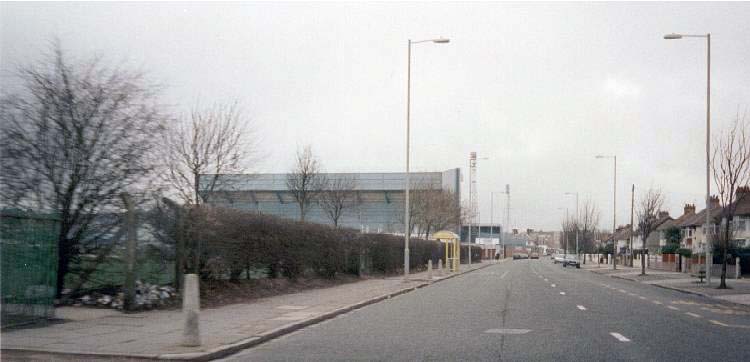 |
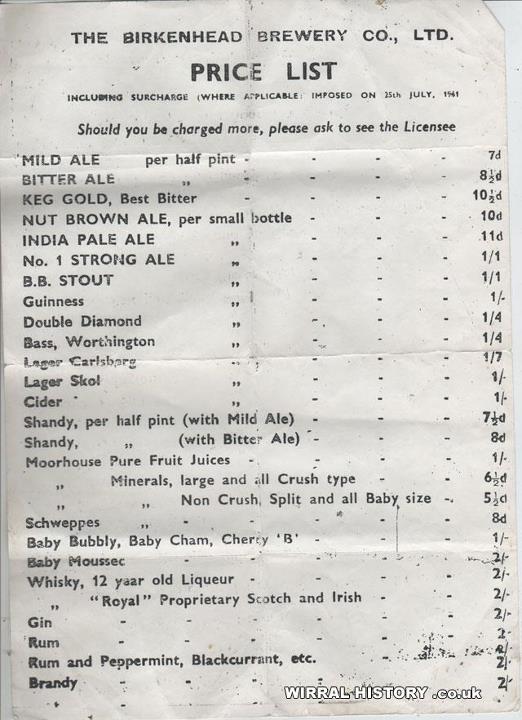 |
| Tranmere Rovers FC | |
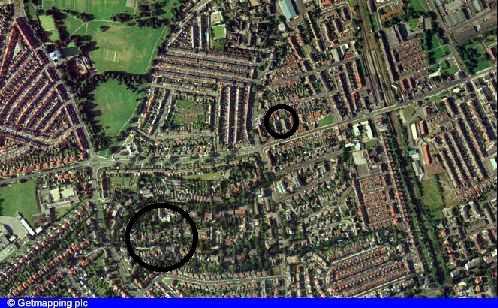 |
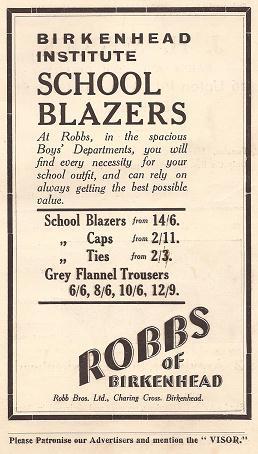 |
| Where I lived in Egerton Pk (left) and Bulwer Street | |
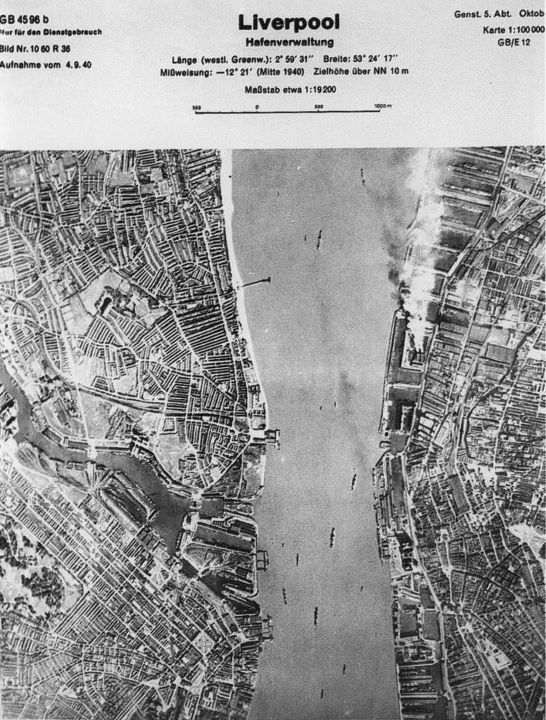 |
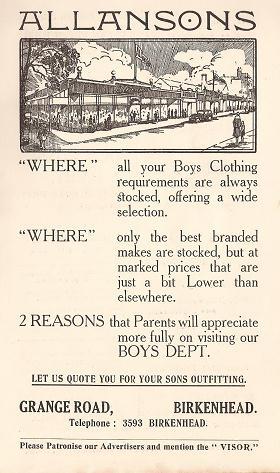 |
| Luftwaffe recce image of the Mersey 1940 | |
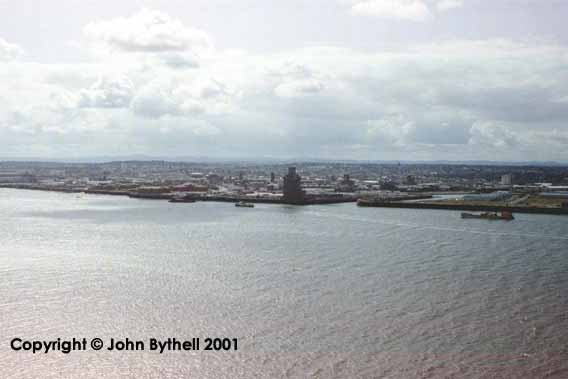 |
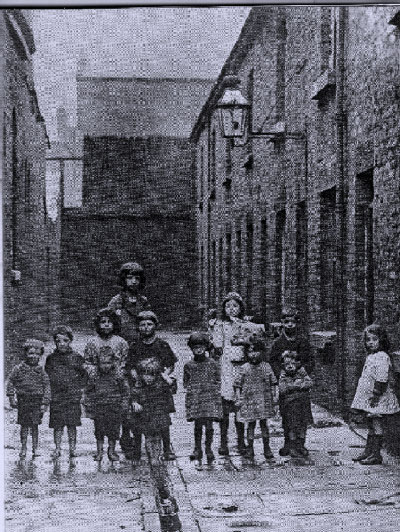 |
| Back Chester Street approx 1900 | |
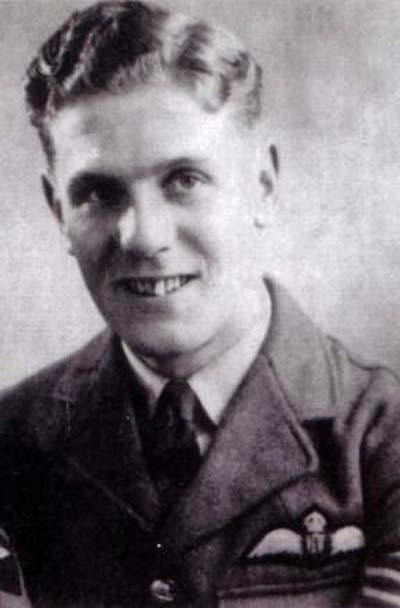 |
The name of a
Wirral Spitfire pilot, shot down in the Battle of Britain, is to
be inscribed on a special memorial stone in Kent, along with other
RAF fighting men who lost their lives in 1940 over the skies of
southern England. The bravery of the pilot, who was thrown into
the heat of battle with very little training, has already been
recognised locally with part of a newly- built housing development
near to where he lived bearing the nameplate “Edward Manton
Close.” Sgt Manton is believed to have shot down an enemy aircraft
before he was killed in his Spitfire on the Kent and Sussex border
in 1940. He had been operational for only nine days with the 610 County of Chester RAF Squadron when he lost his life. He is buried at Hawkhurst in Kent, the place where he crashed. Supporters of an aircraft museum in Shoreham, Kent have taken on the task of erecting memorial stones to all RAF pilots who lost their lives over the fields on Kent. Wirral Council heritage champion Cllr Jerry Williams, who led the campaign for the Edward Manton nameplate, confirmed that no plaque had been erected at Temple Road Primary School, Prenton or Wirral Grammar School, where Sgt Manton was educated. But he did reveal that the 610 Squadron Association had shown an interest in the development. Cllr Williams said: “Edward Manton was a postman and when war broke out he went on a training course for pilots. He was literally thrown into action in the Battle of Britain with very little training . He was only 25 when he died. - May 2012 Wirral Globe |
|
|
|
|
Andrew Barr, like me, is fascinated by any
old images of North Wirral. He runs a few Facebook Groups and produced
photographs that are magnificent and rarely, if ever, seen online. Opposite are links. You will need to ask to join the groups but it does not take long and are well worth visiting and staying in. Thoroughly recommended. |
https://www.facebook.com/groups/235781049850134/?fref=nf
Birkenhead https://www.facebook.com/groups/148748861937742/ Wirral Military https://www.facebook.com/groups/199495886824527/ Hoylake, Meols & West Kirby |
|
Portrait of Wirral by Kenneth
Burnley. Hale Publications |
|
|
http://www.youtube.com/watch?v=aWEHx6CpNEI&feature=related Wirral Railways http://www.youtube.com/watch?v=32aJTEdvOuc&feature=related Wirral of old Pt 1 http://www.youtube.com/watch?v=RAXWTe_ljxk&feature=related Wirral of old Pt 2 http://www.youtube.com/watch?v=xVYSS-HkBok&feature=related Wirral of old Pt 3 http://www.youtube.com/watch?v=9IFASVqSozI&feature=related Wirral of old Pt 4 http://www.youtube.com/watch?v=G1TndpGsojA&feature=related - Wirral of old Part 5
|
|